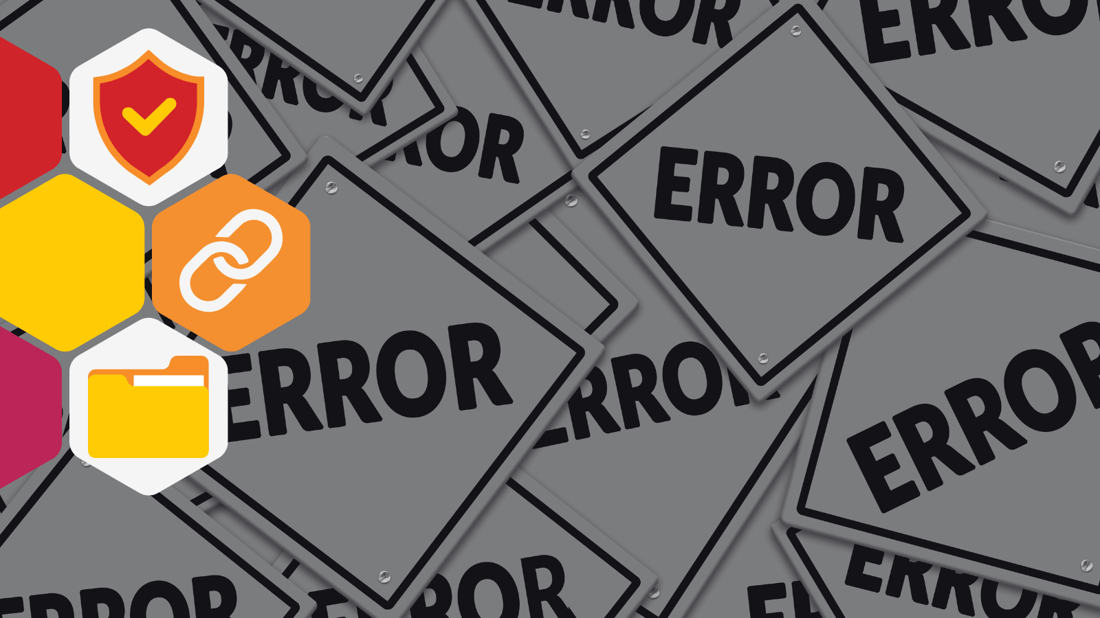Designing Analog Friction: Why Slow, Interruptive Trust Signals Still Work
There’s an old security adage: "If it’s too easy, it’s probably not secure." But in our race to streamline, automate, and digitize everything, we've...
Different Disciplines, Different Languages
Cybersecurity professionals are some of the most skilled, brilliant problem-solvers in business. They understand code, networks, systems, and adversaries. But when it comes to human risk—the behaviors, beliefs, habits, and cultural patterns that make or break an organization’s defenses—many technical teams are at a loss.
It’s not because they don’t care. It’s because they weren’t trained to see risk through a human lens. And without fluency in psychology, behavioral science, or social dynamics, it’s easy to misdiagnose the problem—or miss it entirely.
Cyber Professionals Are Trained to Protect Systems, Not Change People
Most cybersecurity education and certification programs focus on technical mastery: encryption, architecture, detection and response, vulnerability management, threat intelligence. Human behavior, psychology, culture, or communication? Often skipped entirely.
This creates a critical blind spot. Because while most breaches trace back to human actions—clicks, shortcuts, misunderstandings, or malicious decisions—the mitigation strategies remain tool-based.
We patch systems, but not behaviors. We monitor traffic, but not motivation. We secure the cloud, but not the culture.
![]()
Why the Human Side Is So Hard to Grasp
Human Behavior Isn’t Binary
Unlike systems, people are unpredictable. They bring emotion, history, stress, perception, and personal values into every decision. That’s messy—and difficult to model in code.
There’s No Single Root Cause
A phishing click might stem from fatigue, distraction, unclear policy, pressure from a boss, or all of the above. It’s rarely about ignorance alone.
You Can’t Automate Culture
Security culture isn’t a script you can run. It’s built slowly, over time, through trust, consistency, and reinforcement.
Language Gaps Create Disconnects
Technical professionals and behavioral experts often use different terms for the same concepts—or misinterpret each other completely. Bridging those disciplines takes time and intention.
What Happens When Human Risk Gets Oversimplified
We didn’t get here by accident. For years, cybersecurity awareness programs were seen as regulatory necessities—something to check off, not build upon. The dominant model was once-a-year training, typically delivered via a basic LMS, with a few phishing simulations sprinkled in for optics. It was convenient. It was measurable. But it wasn’t transformational.
This legacy approach assumed that awareness was the same as care—that if people knew better, they would do better. It also assumed tools could compensate for trust gaps, disengagement, or cultural misalignment. But knowledge without motivation rarely leads to behavior change. And ticking the compliance box didn’t fix the deeper disconnect between people, policy, and purpose.
As a result, many programs became a race to the bottom: lowest cost per seat, lowest friction, lowest effort. But now, with AI-fueled risk multiplying and regulatory scrutiny rising, that “good enough” mindset is a liability. Training platforms alone can’t adapt to the behavioral nuance of your workforce. Phishing simulations can’t rewire trust. Dashboards alone can’t explain why someone ignored a warning or bypassed a control.
What actually works is clarity of strategy, alignment with your business and culture, and the ability to focus your team’s energy on what truly matters. Knowing what to automate—and where to reinvest your human attention—is the key to building a resilient security culture. That’s not something off-the-shelf platforms can deliver. That’s human risk management done right.
Awareness programs become compliance boxes
Metrics focus on phish clicks and course completions
Culture is assumed, not measured
Blame gets assigned instead of insight being gained
This leads to cycles of ineffective training, low employee engagement, and recurring incidents.
What Cybersecurity Teams Can Do Differently
Partner With Behavioral Experts
Collaborate with specialists in psychology, organizational anthropology, or behavioral economics to translate human factors into actionable insights.
Map Behaviors, Not Just Roles
Go beyond job titles—understand how people work, what tools they use, what pressures they face, and what habits drive their actions.
Rethink Metrics
Look at signals like engagement sentiment, reporting behaviors, cultural alignment, and peer influence—not just simulation performance.
Invest in Cross-Disciplinary Training
Help technical teams build fluency in human-centered security thinking. Invite them to workshops, internal debriefs, and post-incident reviews that focus on human behavior.
Reframe the Mission
Security isn’t just about stopping bad things. It’s about enabling good decisions—safely, quickly, and at scale. That requires understanding people, not just systems.
Final Thought: The Future of Cybersecurity Is Human-Centric
AI, hybrid work, and digital acceleration have made human risk the fastest-changing, least-understood layer of cybersecurity. If we want to build resilient organizations, we can’t just rely on better tech—we need better understanding.
The best security teams of the future won’t be just technical experts. They’ll be multidisciplinary thinkers who see human factors as essential to strategy—not just support.
We help organizations build that bridge. If your technical team is ready to better understand the humans behind the endpoints—we’d love to help.

There’s an old security adage: "If it’s too easy, it’s probably not secure." But in our race to streamline, automate, and digitize everything, we've...
4 min read

Training Teaches. Culture Decides.
4 min read

The Stat That Should Stop You in Your Tracks A recent report by Forrester revealed that 60% of employees admit to intentionally working around...
5 min read
Subscribe to our newsletters for the latest news and insights.
Stay updated with best practices to enhance your workforce.
Get the latest on strategic risk for Executives and Managers.
